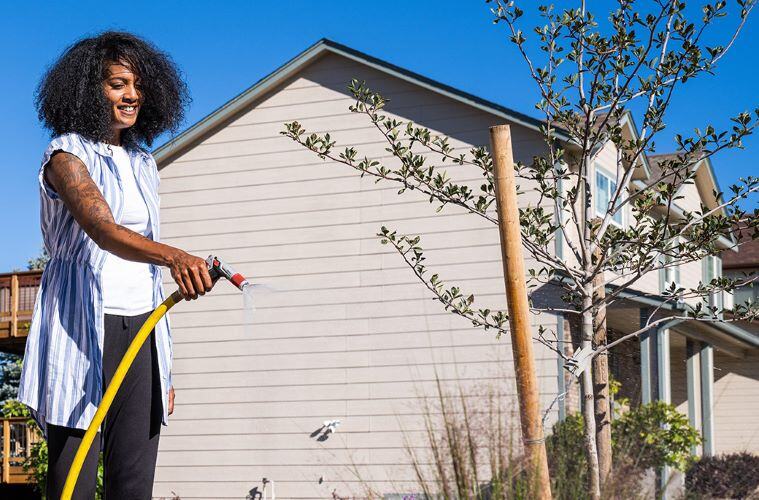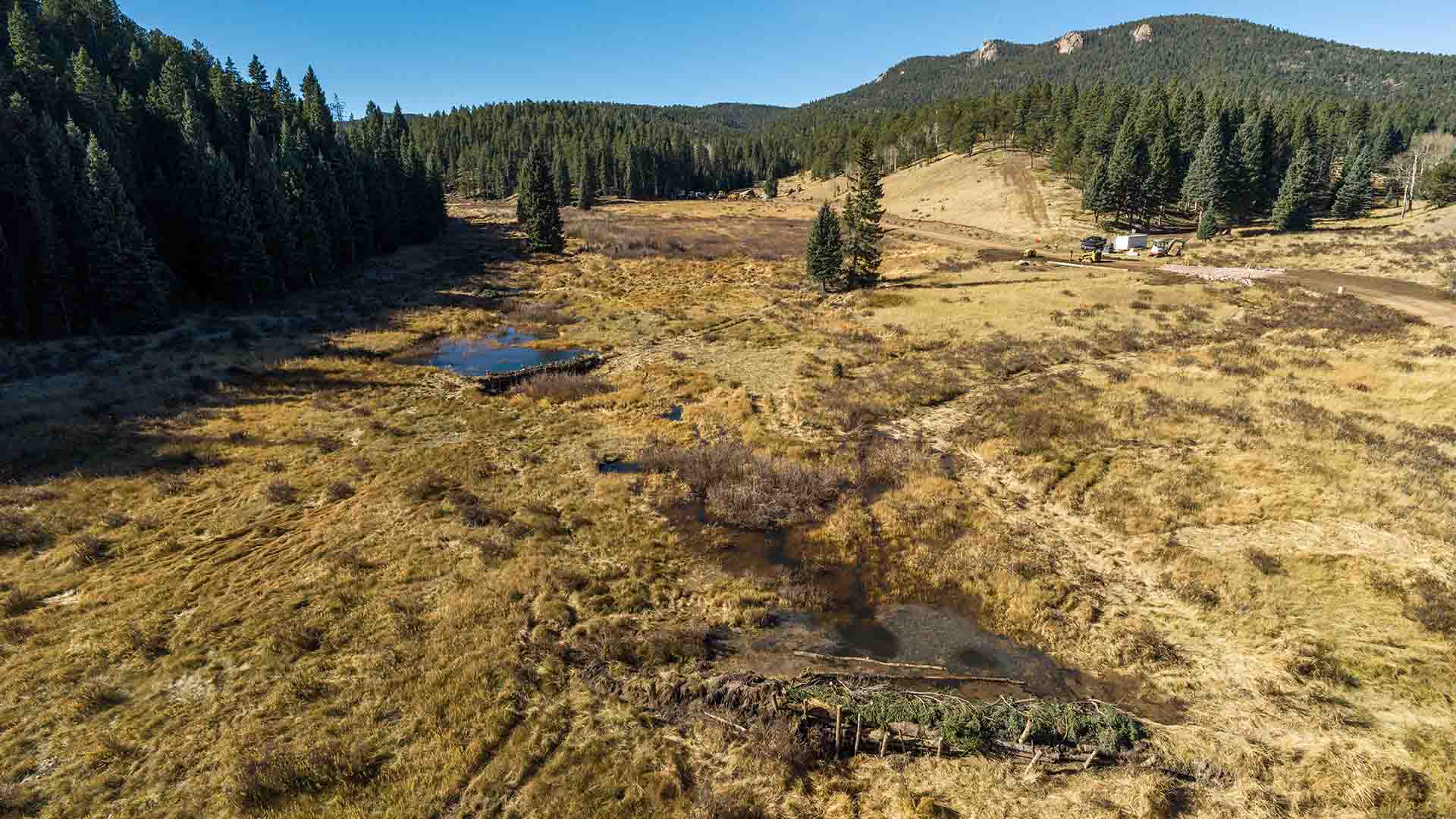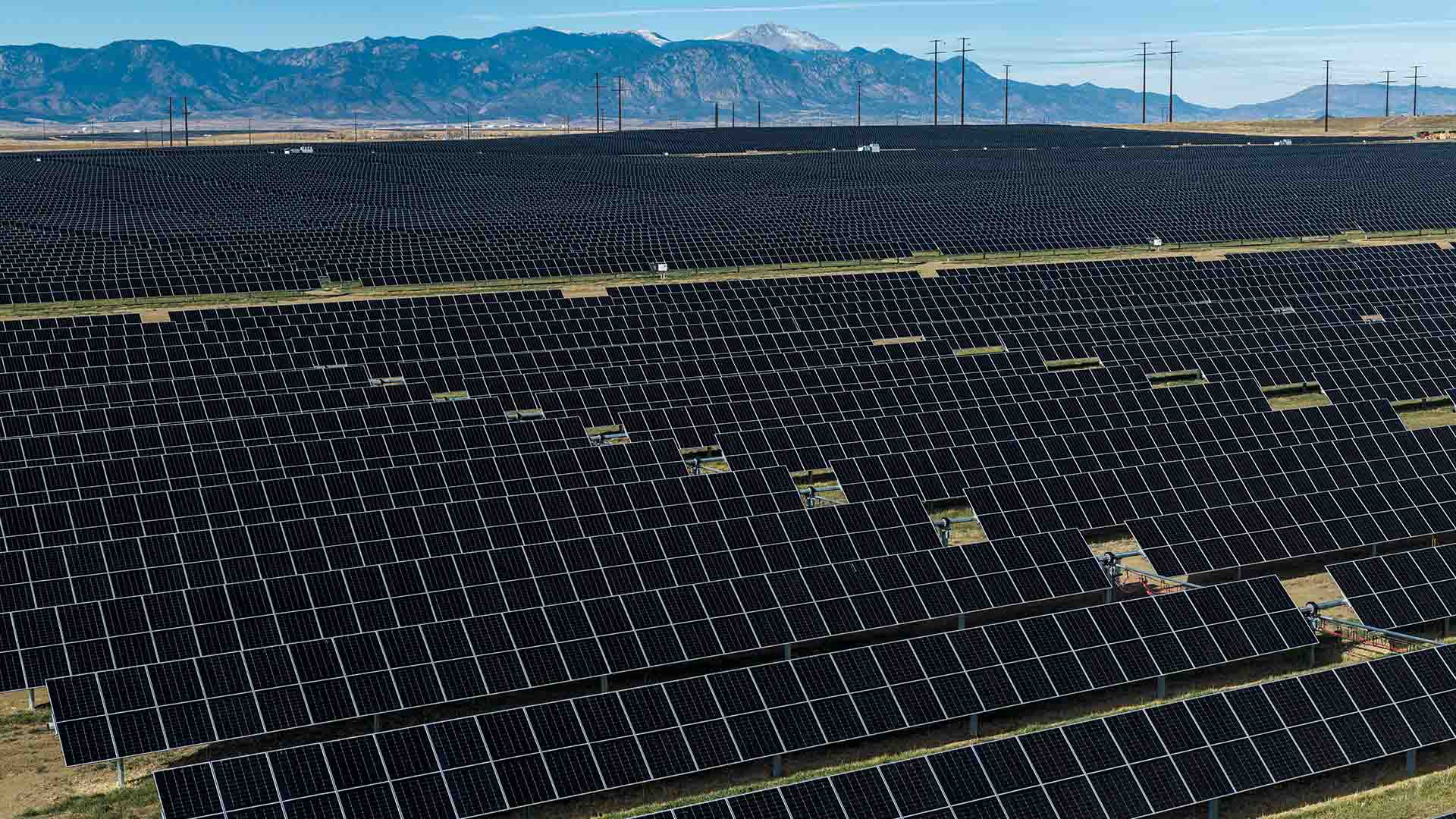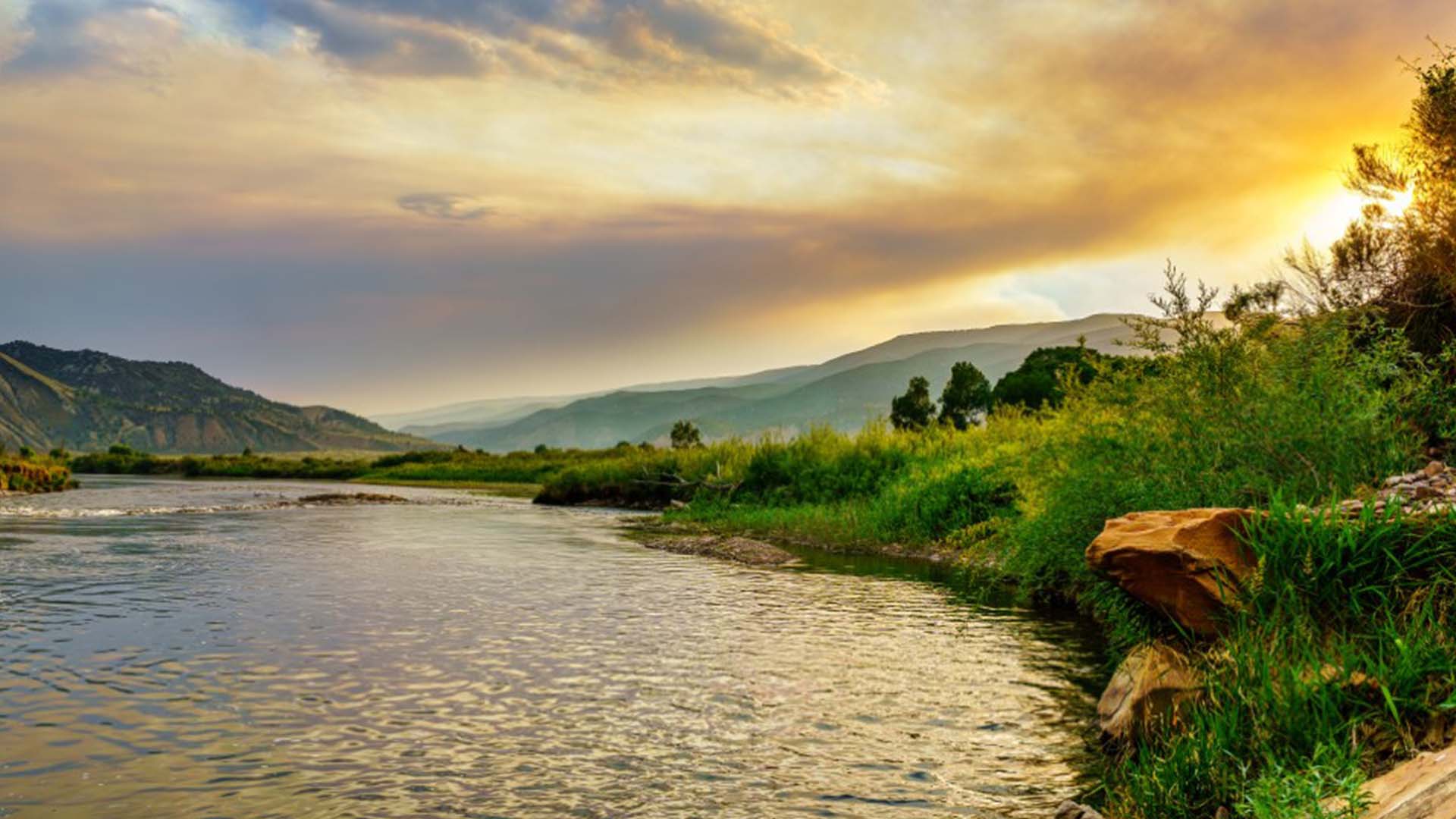
Catherine M.
Duration: 1 minute
Published on August 24, 2023
Current and long-term forecasts for the southwest United States show that water supplies continue to face strain from drought, growth, and warming trends. To stretch water supplies further, municipalities are charged with working to reduce landscape watering. An effective way to do that is by replacing non-functional (e.g. decorative) turf grass with Water Wise landscaping.
Much of Colorado is naturally a grassland, so native grasses have emerged as one of the best lawn replacement options for us. Native grasses are a smart choice because they are attractive and use one-third the water of a traditional lawn. In addition, they need less mowing and fertilizer than turf, are less expensive to install than other landscape types, and they help reduce urban heat produced by acres of reflective asphalt, cement and rocks. Native grasses preserve the important environmental, community, and economic benefits of living landscapes.
Using native grasses as a major feature in urban landscapes is a new practice for most landscape professionals. To empower the industry to successfully install and maintain these grasses, our water conservation team hosted a two-day workshop in July. Sponsored by the Colorado Water Conservation Board and supported by Colorado WaterWise, the workshop drew more than 100 participants from across the Front Range and Wyoming to learn more about incorporating these grasses into Water Wise landscapes.
Native grass experts, experienced homeowners, and landscape contractors shared their expertise through presentations and panel discussions. Participants then visited seven native grass projects to see these principles in action. At each site, the property owners, managers, and contractors shared their successes and lessons learned.
Participants included parks and municipal staff, contractors, landscape architects, water industry professionals, project managers, HOA board members, Colorado Water Conservation Board staff, homeowners, and university staff. The diversity of professionals from different industries led to rich conversations about the challenges and opportunities to advance the adoption of native grasses.
“While not a landscaping professional, understanding the complexities of these projects is very helpful in my work to assist communities and large property owners to plan and implement projects,” said one attendee.
The post-event survey showed that participants improved their knowledge of how to be successful with native grass projects and gained greater awareness of available resources. The workshop also increased their motivation to take on projects.
An important resource highlighted during the event was the new Colorado Guide to Native and Water Wise Grass Installation and Maintenance. This document is a collaborative effort of numerous experts throughout Colorado to document current best practices for native grass projects. It will be turned into an interactive website in 2024, thanks to Colorado Water Plan grant funding.
“It was so incredibly helpful to hear about everyone's individual processes and lessons learned,” reported another participant. “I could attend this event every year and continue to learn,” was another comment.
The more water providers, contractors, and property owners can work together, the more successful projects to reduce outdoor water use will be.
We offer numerous water conservation and efficiency programs to help our community use water wisely. Resources include rebate programs for homeowners and businesses, demonstration gardens, and online education.
To find out about future native grass learning events, join the email list at coloradonativegrass.org.










